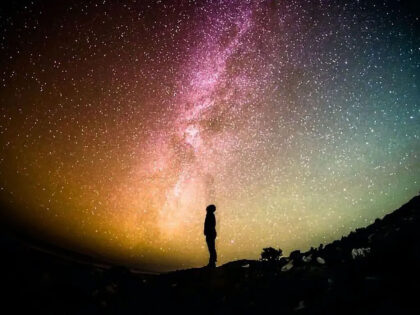Sage Patanjali
-
Roopashree Sharma
- Posted on
- 1 comment

Yoga is our greatest gift to the world which has been embraced by everyone around the globe. In the year 2015, June 21st – the longest day in the northern hemisphere was adopted as the International Day of Yoga by the United Nations; the day when Lord Shiva is believed to have imparted the knowledge of yoga to the world.
We, at AtharvanLife, bring you the lesser-known facts about the father of Yoga, Maharishi Patanjali!
- A combination of ‘pata’ meaning falling and ‘Anjali’ meaning ‘joining palms of the hand with respect’ is ‘Patanjali’. Maharishi Patanjali was named by his mother Gonika, as he fell onto her open palm, while she was performing tarpan kriya to Lord Surya, praying for a child.
- He is believed to have lived sometime during the 2nd century BCE.
- Maharishi Patanjali is said to be the incarnation of Lord Vishnu’s Adi Shesha (the symbol of awareness), the holy serpent on whom He reclines in Yoga Nidra.
- He was also known to be an incredible dancer, gifted musician, and singer. He played the veena and is credited for forming numerous ragas.
- Maharishi Patanjali is credited for codifying the Yoga Sutras, a collection of 196 aphorisms in Sanskrit. The Yoga Sutra describes the theories and practices of Yoga as a means of physical and mental training to help discipline the mind and body.
- The center of his teachings lies in the eight-fold way of Yoga. The path demonstrates the best approach to carry on with a superior life through Yoga.
- Apart from the Yoga Sutras, Maharshi Patanjali is also believed to have penned the Mahabhasya, a text on Sanskrit grammar and language, based on the ‘father of linguistics’, Panini’s Astadhyayi.
- The only work on medicine attributed to Maharishi Patanjali, called the Charakapratisamskrtah, which is a revision of the treatise of Acharya Charaka, is lost.
योगेन चित्तस्य पदेन वाचां मलं शरीरस्य च वैदिकेन ।
योपाकरोत्तं प्रवरं मुनीनां पतञ्जलिं प्राञ्जलिरानतोस्मि॥
I bow with my hands together to the eminent sage Patanjali, who removed the impurities of the mind through yoga, of speech through grammar, and of the body through medicine.
Shloka by King Bhoja
This shloka by King Bhoja, at the start of his commentary on the Yoga Sutras called Rājamārttanda, memorialises the works of Maharishi Patanjali.
He is one of the 18 siddhars in the Tamil siddha (Shaiva) tradition.
The Jeeva Samadhi of Maharishi Patanjali is believed to be in Brahmapureswara Temple in Tirupattur, Tamil Nadu.
Citations
[1] Wikipedia. Read more.
[2] Patanjali – The Father of Modern Yoga. Read more.
[3] STORY OF MAHARISHI PATANJALI. Read more.
Also read - Dhyana ki Mahima






1 Comment